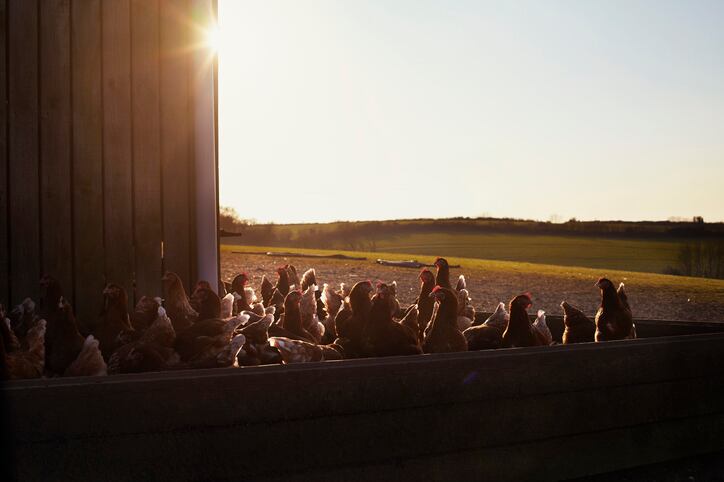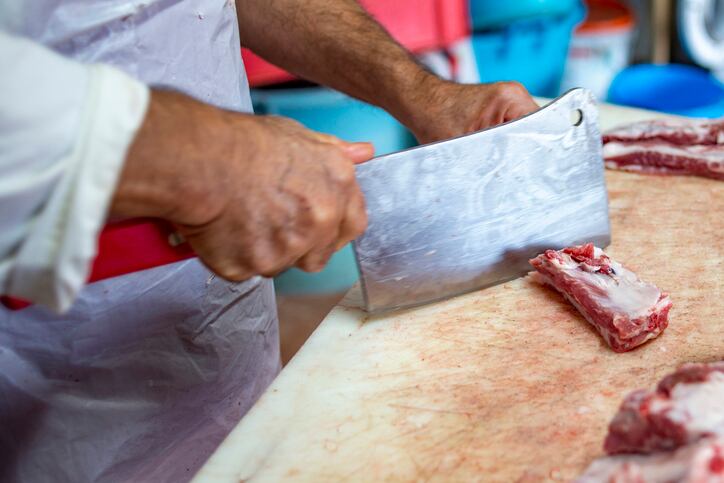As one of four leaders in the meat and poultry packing industry which together are responsible for 55% to 85% of the hog, cattle and chicken markets, Tyson reported first quarter sales were up 24%, thanks mostly to pricing increases that it took to offset inflationary pressures.
Likewise, its operating income of $1.4 billion in the quarter was up 40% relative to the same quarter last year, again due to increased earnings from beef, pork and chick. This helped boost the company’s year-to-date operating income to $407 million more than fiscal 2021, CFO Stewart Glendinning told investment analysts during yesterday’s earnings call.
While the company’s volumes were up slightly, ongoing labor challenges continue to hold back the company’s ability to meet consumer demand, which continues to outpace production. This means that most of the lift came from higher prices, which the company raised to cover increased cost of goods, labor and other challenges related to rising inflation.
“In the quarter, our cost of goods sold was up 18% relative to the same period last year. We are seeing higher costs across the supply chain, including higher input costs, such as feed and ingredients. We’re also managing higher cost of labor, transportation due to strong demand and limited availability. With these higher costs, we work closely with our customers to achieve a fair value for our products,” CEO Donnie King explained.
“As a result,” he added during the call, “our average sales price for the quarter increased 19.6% relative to the same period last year. This helped us capture some of the unrecovered costs due to the timing lag between inflation and price.”
It also helped fatten the company’s margins, which climbed to 19.1% from 13.2% a year ago.
Gains are a double-edged sword
While good for business, these gains could act as a double-edge sword as the Biden Administration has the meat-packing industry in its crosshairs for alleged anti-competitive behavior, which it says is to blame for higher prices.
Earlier this month, President Biden called out the meat and poultry processing sector as a “textbook” example of large companies dominating industries, allowing them to raise prices unchecked by squeezing out competition from smaller businesses which might help lower prices.
To address this, Biden earmarked $1bn in American Rescue Plan funds for independent processors in the meat and poultry packing industry and announced a four-prong Action Plan for a Fairer, More Competitive and More Resilient Meat and Poultry Supply Chain.
Tyson flexes more than price to improve top & bottom lines
Tyson has pushed back against this framework, noting that its decision to raise prices is not rooted in a lack of competition, but rather because of a variety of factors contributing to higher costs.
It also has aggressively pursued strategies to restore its chicken business’ competitiveness, including increased automation, operational performance improvements, enhanced marketing and innovation and efforts to reposition itself as a sought-after workplace.
“We’ve also attacked other issues,” King said.
For example, he said, in prepared foods, the company is making use of supply chain digitization and advanced analytics, and in transportation and logistics, it has established ongoing optimization of the mix and allocation of our private fleet, dedicated fleet and third-party fleet
King attributed Q1’s gains in strong part to those efforts, as well as the ongoing construction of 12 new plants that he says will allow Tyson to address capacity constraints and meet the growing global demand for protein.




